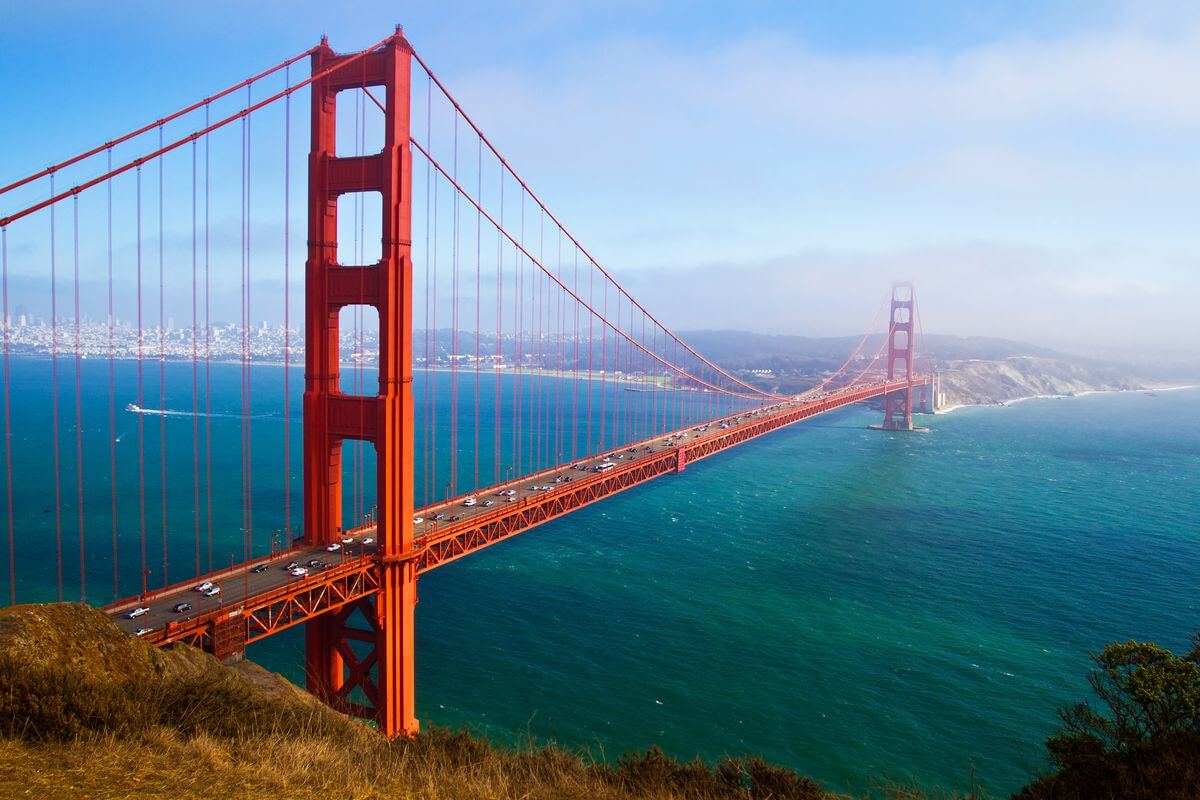A long time ago, Tripura wasruled by a king called Trilochan who had two sons, Dripaktiwas the elder and Dakshin the younger son. A few years after he was born, Dripakti was adopted by his maternal grandfather, the King of Cachhar, as he did not have an heir to the throne. The children grew up and after the King of Cachhar died, Dripakti was made the monarch. In Tripura, Trilochan, declared his younger son, Dakshin as the heir apparent. This when Trilochan died, Dakshin ascended to the throne. But that was not the way Dripakti had envisaged the future. Uponlearning about his father’s death, he laid claim to the throne saying he was the rightful heir as he was the eldest son. When Dakshin resisted, a battle waged for seven days, where Dakshin was defeated and Dripakti took over the kingdom of Tripura. Dakshin escaped with the heads of fourteen soldiers and set up his kingdom in the area of central Cachhar.
Over time the soldiers were deified and the descendants of Dakshin began worshipping their heads. The fourteen soldiershad become gods to the tribe. It is said that after the death of Dripakti, his descendants too started worshipping the fourteen ‘deities’ and soon it became a practice.The festival is characterised by the worshipping of fourteen gods, more importantly, the heads of fourteen gods, by the royal priest called Chantai. The festival is held in July every year and it is called ‘kharchi puja’ by the local inhabitants of the region. It lasts a week, during which the entire state is in the mood of a carnival. It is the most important festival of the North-Eastern state of Tripura.
The original names of the 14 gods were in the local language of Kak-barok. They are called: Katar, Katar-ma, Burachha, Mailoma, Khuloma, Subrai Raja, Lampra, Toi Bubagra, Sangrama, Harung Bubagra, Nangkhtai Bubagra, Bachhua Bubagra, Thunirok and Banirok. But with the influence of the Vedic tribes, the gods were assimilated into the Hindu pantheon. Today the fourteen deities are called Prithvi (Earth), Uma (Parvati), Har (Siva), Hari (Vishnu), Kumar (Kartikeya), Ma (Lakshmi), Bani (Saraswati), Ganesh, Brahma (Creator), Kamdev (God of Love), Samudra (Ocean God), Ganga, Agni (Fire), and Himalaya (God of Mountains).
There are many tales around ‘kharchi puja’ and while the above is the most popular, there is another version which says that the festival is a worship of goddess earth. Kharchi or ‘khya’ means the earth and the festival is in honour of the earth goddess whoprovides sustenance to all aspects of life. Interestingly, kharchipuja takes place fifteen days after Ambubachi which is the period of menstruation of the Earth. During the ancient times this was considered to be an ‘unclean’ aspect of the earth, just as it is in a woman. During Ambubachi there is no ploughing or digging activity. The soil isconsidered unclean and in the past, women were not allowed to take part in any auspicious function during Ambubachi. Even a priest whose wife was in menstruation at that time was prohibited from conducting any ceremony. The kharchi puja was the ritual cleansing of the Mother Earth which had to be done after the menstruation period. Many even compare this cleansing to the ‘shraadh’ ceremony (after death) after which, life goes back to normal!
The rituals are marked with the bathing of the fourteen heads of the deities which is a remnant of the tribal practices that must have marked the ancient worship of the tribe. Sacrifices of goats and pigeons are an integral part of the rituals too.
Source: (I had come across this in one of the promotional papers on Tripura which had given some details, and the rest of it was from the Internet)
Story collected by: Utkarsh Patel
Image source: www.tripura4u.com
Image details: The ritual bathing of the fourteen heads of the deities.
Location: Tripura
